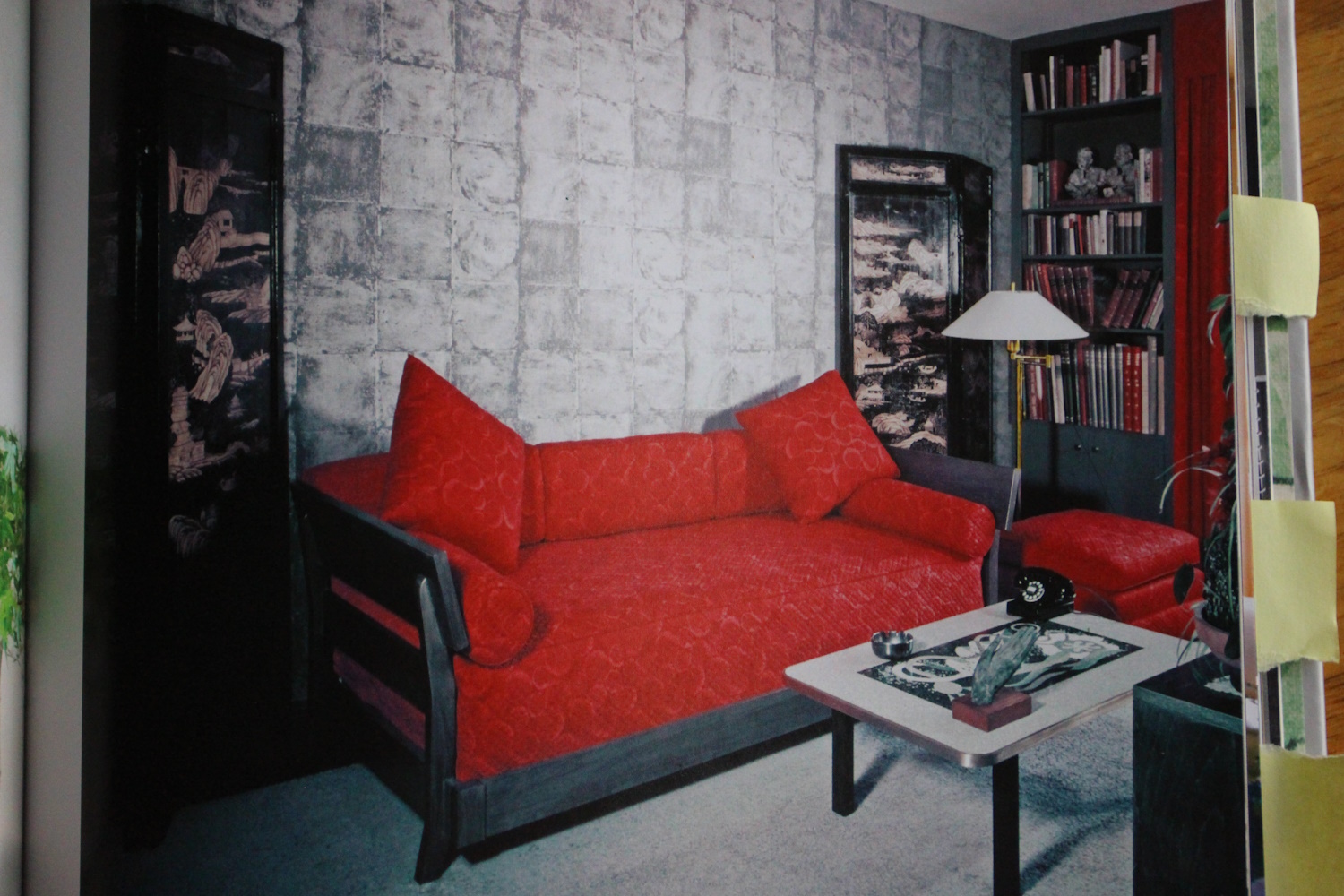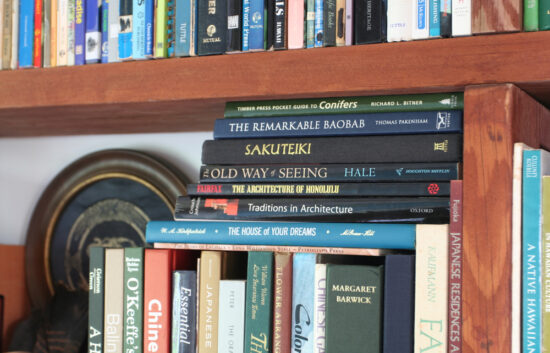Feng Shui & Prayer Flags
A prayer flag can be a traditional Tibetan prayer flag or modern equivalent images (preferably on natural fabric like cotton) that are spiritually affirmative to you. The ones that are fluttering in Himalayan breezes are often white, but the ones that are available in the West these days are in sets in various bright (some might say garish) colors. (And those colors are often the colors of the Buddhist flag, which can vary somewhat from county to country.) Often the modern prayer flags have imagery based on various traditions and the colors are anything but traditional. Some of the modern ones are made in Bali and the colors and designs are brilliant and unique.


When a person wonders where they should hang their prayer flags, the first thing I ask is whether they want them inside or outside. If they want them inside, I’ll usually suggest that they separate the flags and place them according to the colors of the bagua map.
If they want the flags outside, I look at the landscape around the home and if there’s an area that goes down where it should be going up (the two sides and the back of the house), I’ll recommend that the flags be hung high in those areas. Things that move and are place high lift energy. Things that are above head height and MOVE, lift energy because we tend to look up when we notice then. It is our “visual energy” that is lifted.
Leave a Comment Cancel Comment
Related Posts
Feng Shui & Fake Books
Feng Shui & Dim Lighting
Feng Shui & New Rugs That Look Old
Recent Posts
Three Famous Gay Men from Huntsville, Alabama

My Youtube Feng Shui Channel






